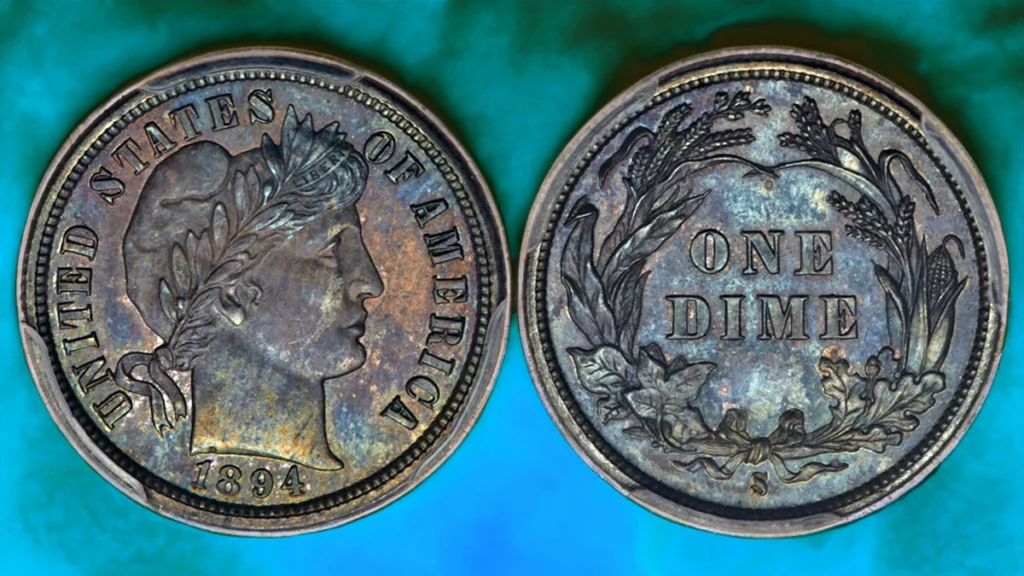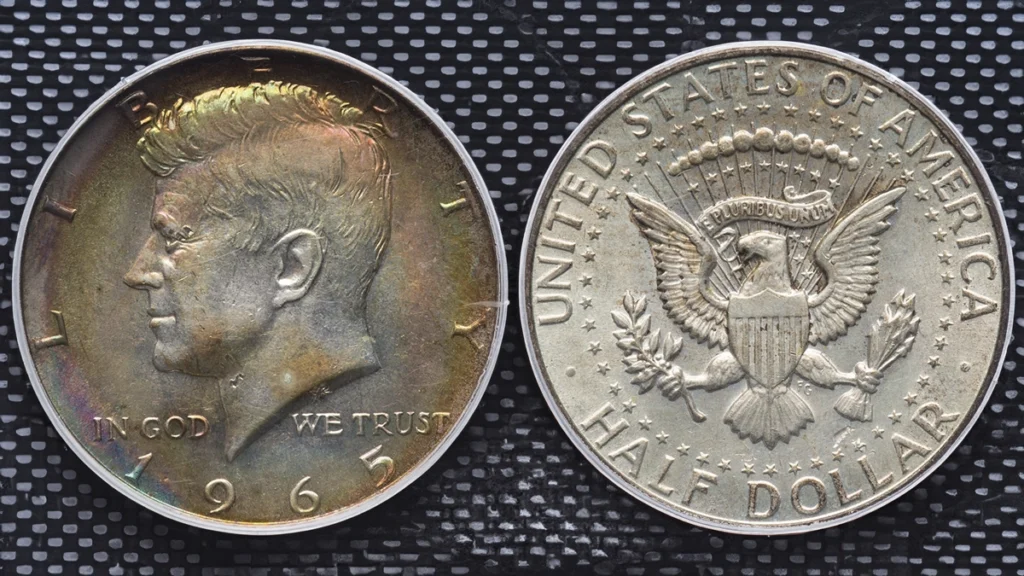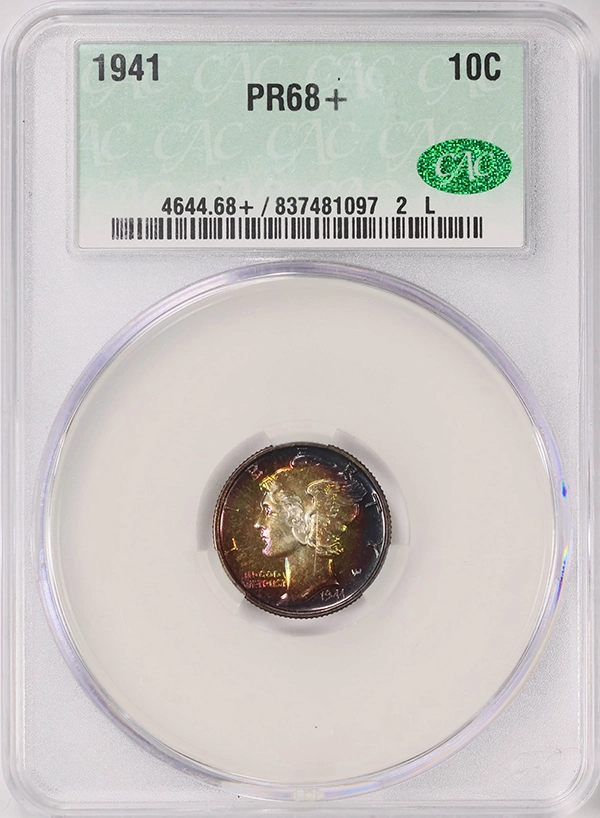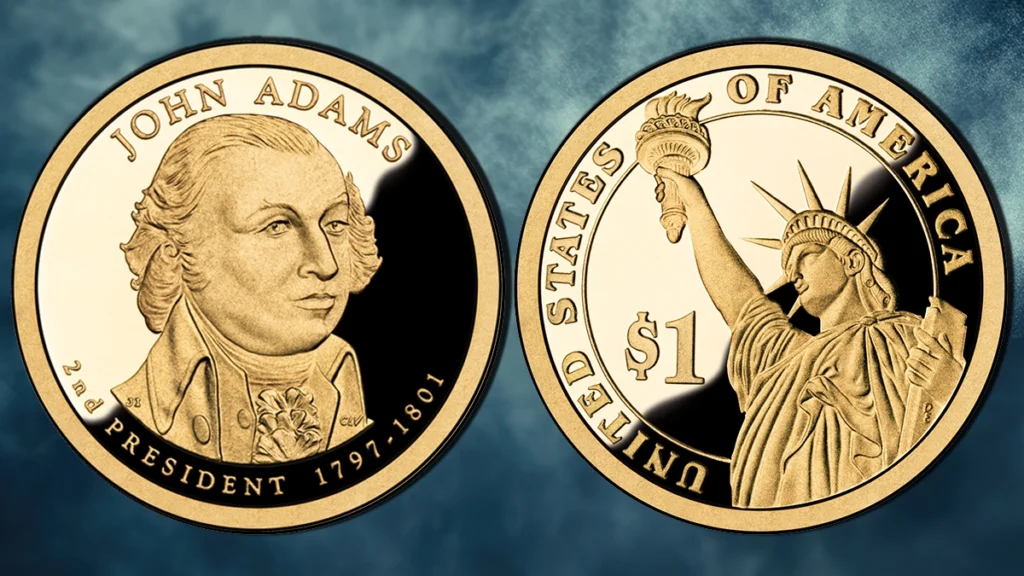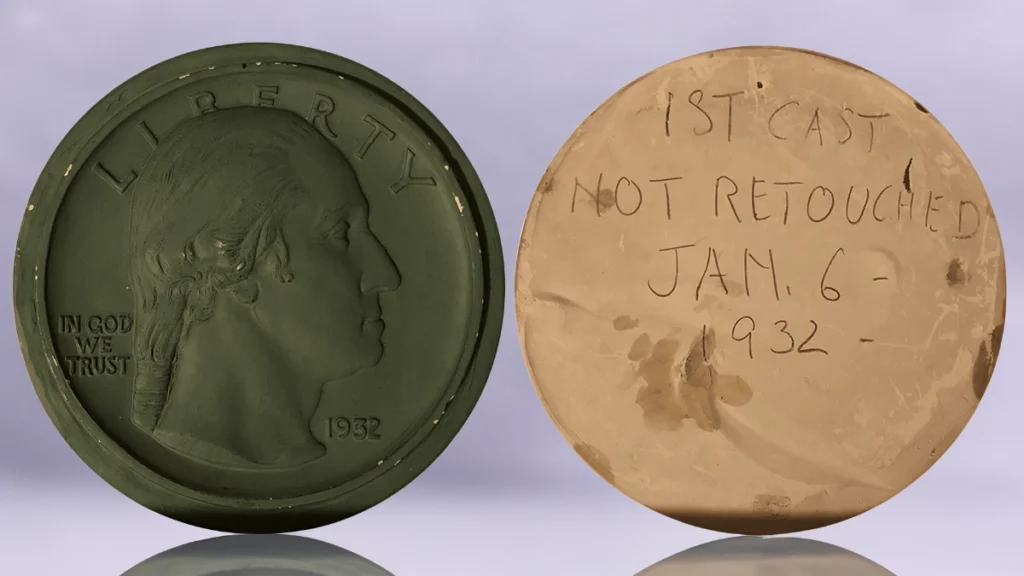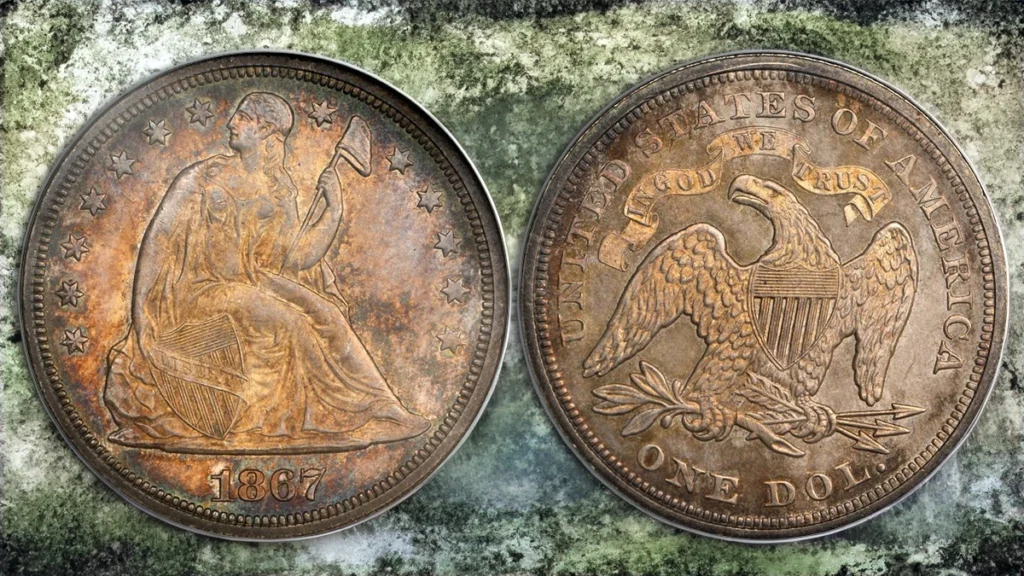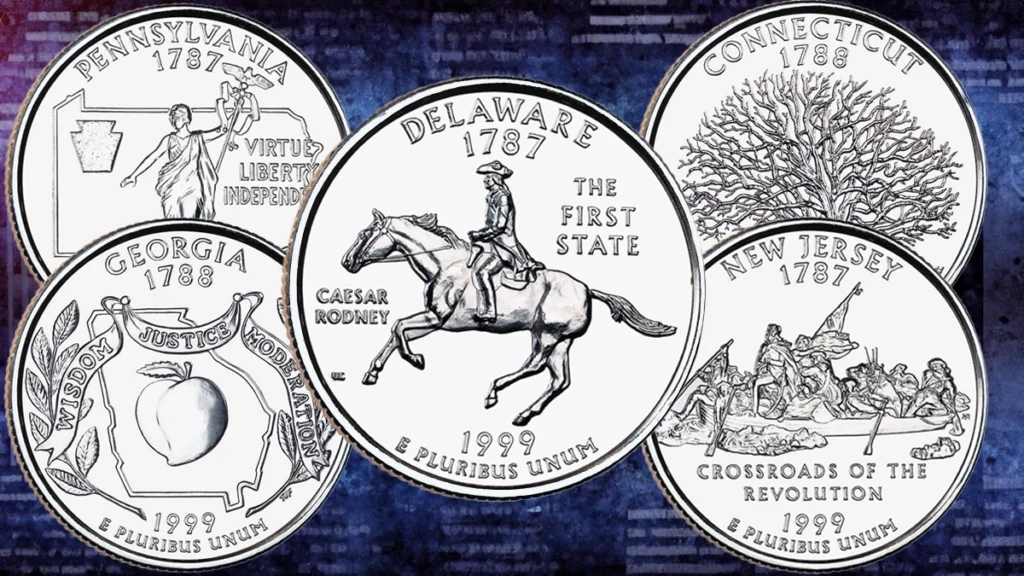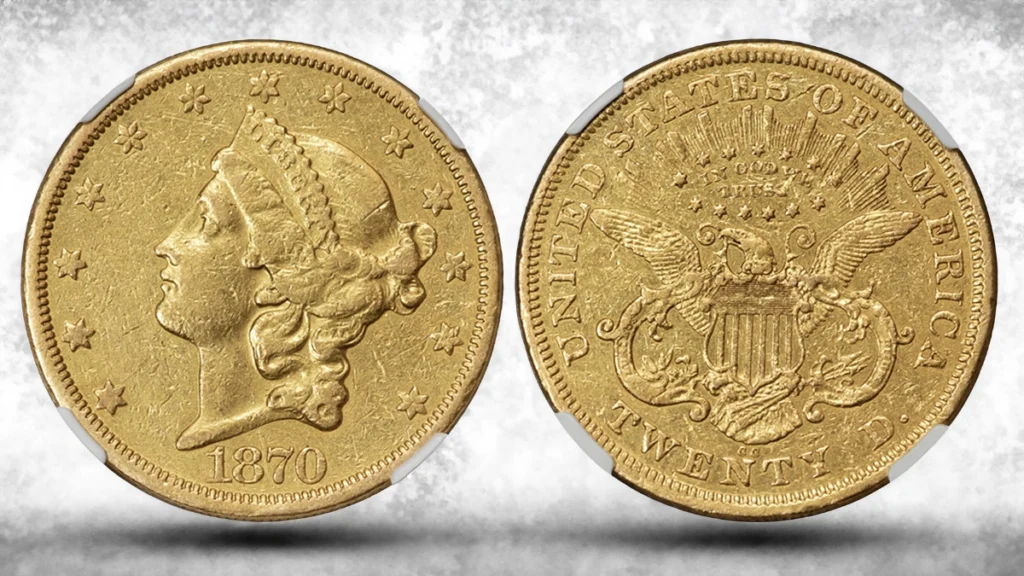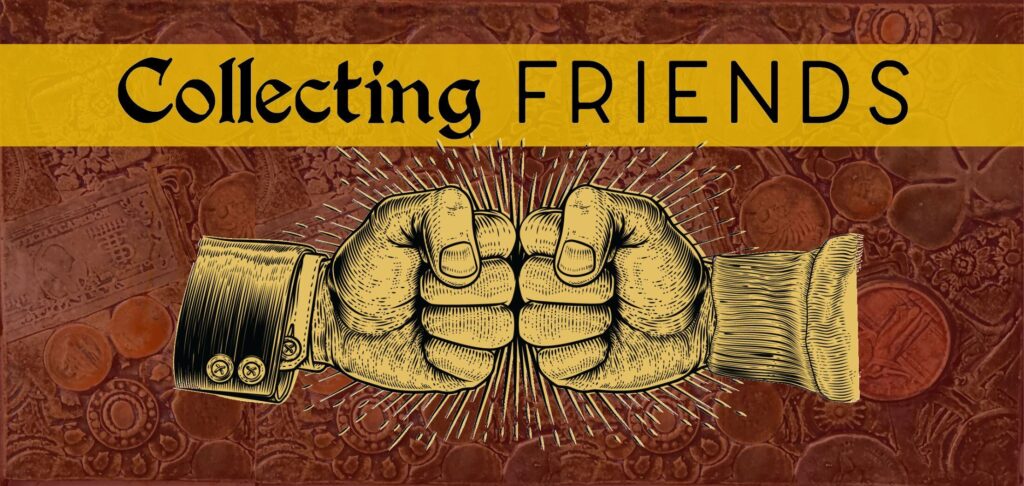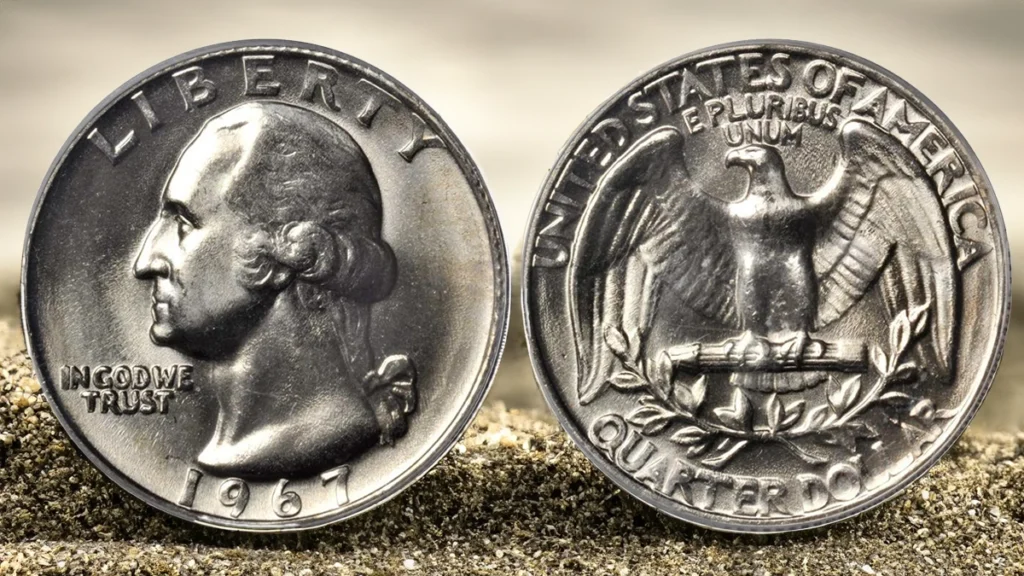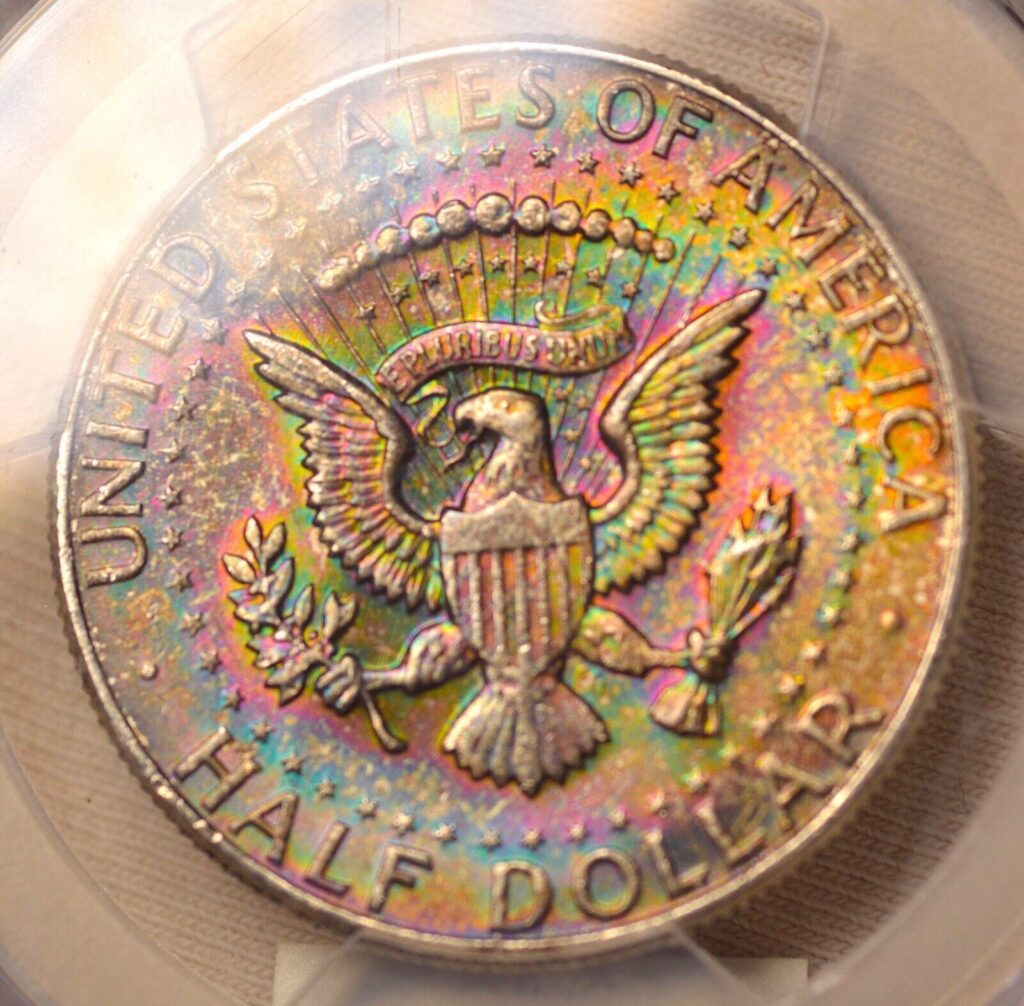Kennedy Half Dollar, Clad (1971-Present) | CoinWeek
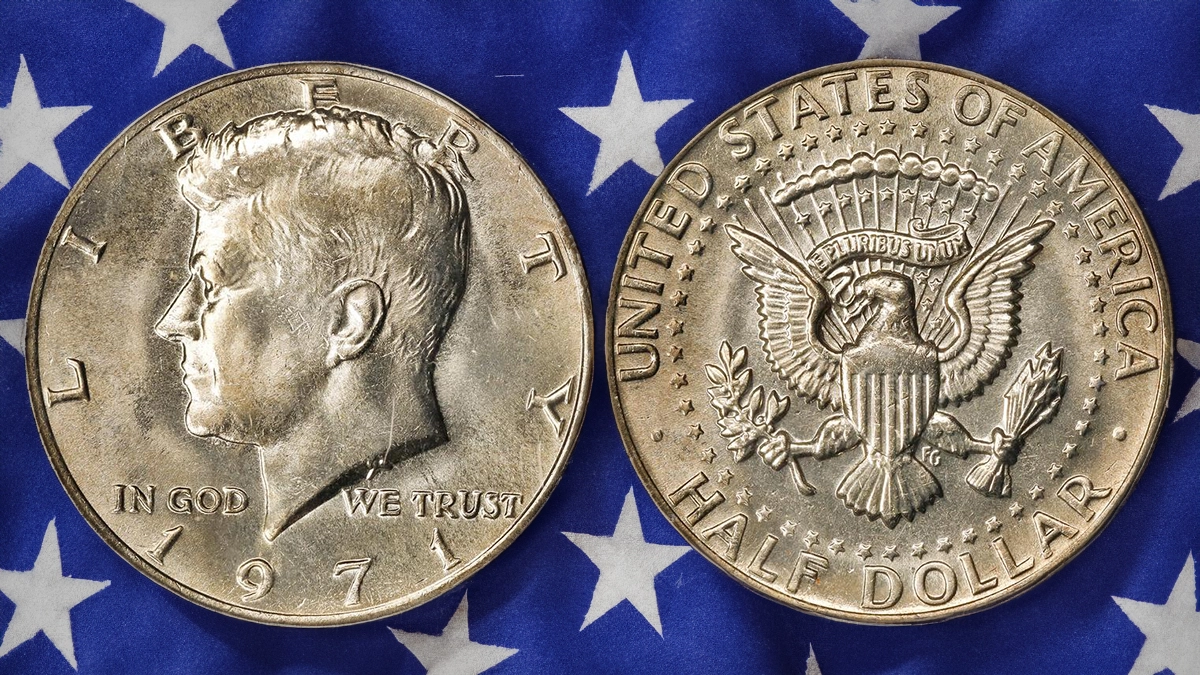
By Charles Morgan and Hubert Walker for CoinWeek Notes …..
The Kennedy Half Dollar debuted in 1964, just months after the 35th President was shot and killed in Dallas, Texas. The assassination put the country in a state of shock and the hurried effort to memorialize the slain President took place at the same time that the United States Mint was feeling the crush of demand for coins brought about by automation and an economy that had nearly doubled in size over the past 10 years. Silver as a circulating coin metal was doomed, and experiments were underway to find a suitable replacement.
Mintage reports from 1900-1960 reveal that the half-dollar denomination saw steady use in circulation. In the last year of the Franklin Half Dollar series, however, that steady output had ramped up to levels approaching 90 million coins. Demand for the quarter was more than double, and the Mint had struck more than 500 million dimes (dimes being the most frequently used coin for vending machines).
Demand for the 1964 Kennedy Half Dollar reached unprecedented levels as a wide swath of the American public wanted to obtain keepsakes. This only exacerbated the problems the Mint faced with its inability to outproduce demand. With the passage of the Coinage Act of 1965, silver coinage was discontinued, a date freeze was implemented, and the Mint began the process of producing a sufficient quantity of base metal coins to replace all of the silver coins that remained in circulation.
A carve-out for the Kennedy Half Dollar did not doom the denomination as is often said, but it did make half dollars struck between 1965 and 1970 more intrinsically valuable than the “equivalent” two clad quarters or five clad dimes. What truly did in the Kennedy Half Dollar was the vending machine industry. Similarly to how it neglected to adopt the Susan B. Anthony Dollar and the golden dollars of 2000 onward, the lack of vending industry support made the awkwardly sized half dollar inefficient.
When Congress authorized a change in composition to clad base metals for the 1971 issue, it failed to resolve the coin’s size, which was historically based on the value of the silver. Instead, the cumbersome coin fell out of use, and by the early 1980s, production for circulation fell below 30 million coins at the same time that the Mint was producing 1.2 billion quarters annually.
Two-Year Kennedy Half Dollar Bicentennial Reverse
The design of the Kennedy Half Dollar remained largely unchanged by the transition from 90% silver to 40% silver-clad, though the Mint’s engraving department made slight adjustments to the hubs to accommodate the harder planchets and increase striking pressure.
A major change to the design was undertaken, however, in 1975 and 1976 as part of the American Bicentennial. After a nationwide competition, artist Seth Huntington’s design featuring the rear facade of Independence Hall in Philadelphia and its bell tower was chosen to replace the Presidential Seal on the regular reverse.
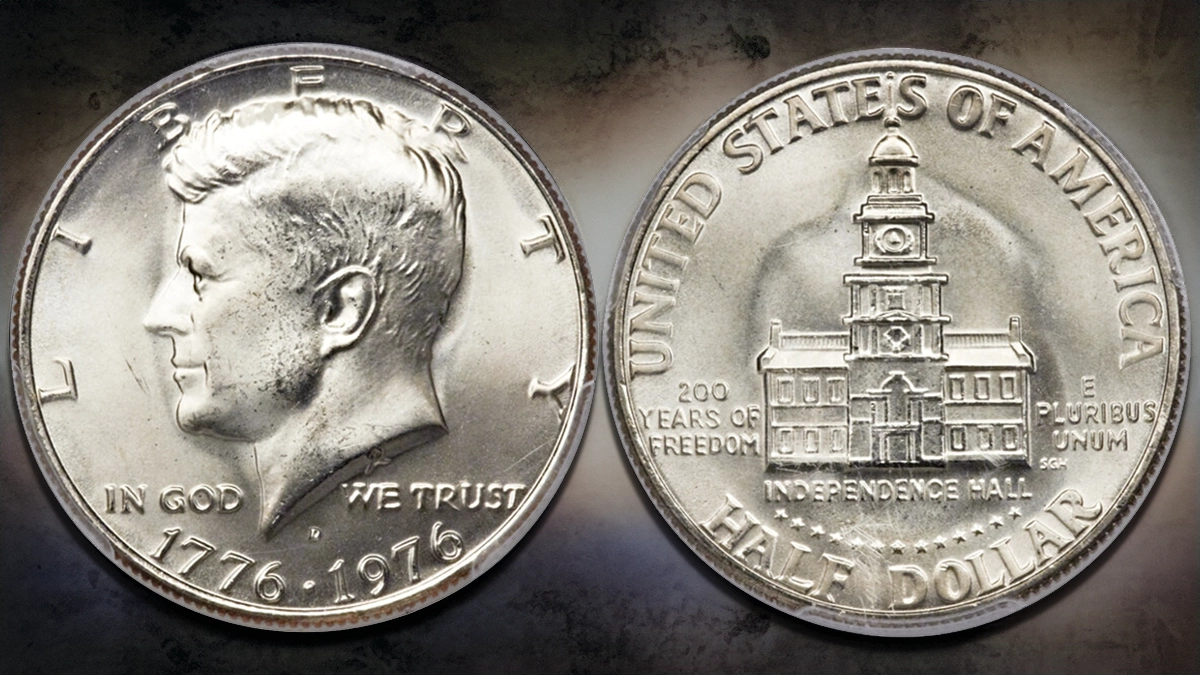
Additionally, the date of the obverse was changed to read 1776-1976. The Philadelphia and Denver mints combined to strike over 500 million Bicentennial Half Dollars, a number inconceivable with today’s demand for the large 50-cent coin. Silver-clad and Proof half dollars were produced in much lower quantities for the collector market.
Today, getting at least one Bicentennial Half Dollar out of a roll or two of circulated Kennedy Halves is almost assured. Only coins in Mint State carry a premium over face value.
How Modern Clad Kennedy Half Dollars Are Sold
The Mint’s main customer is the Federal Reserve Bank, which orders various coin denominations to meet projected demand. From the Federal Reserve, coins are distributed to banks, which place orders for coins based on local needs. It’s a complex yet efficient system that has served the country well for decades.
As the Kennedy Half Dollar is an authorized coin of the United States, in any given year, banks could place orders for it in quantities sufficient to require the Federal Reserve to order the Mint to strike the coin for circulation. Nevertheless, demand in most years does not rise to this level. Instead, when the Federal Reserve gets half dollar orders, it tends to release coins from its stockpile of coins struck in previous years.
Therefore, the Mint usually strikes clad Kennedy Half Dollars only for its numismatic customers, who purchase them in Mint Sets, collector bags, and rolls. This means that it is near-impossible to acquire a complete set of clad Kennedy Half Dollars at face value through roll hunting. Collectors should obtain Kennedy Halves through Mint Sets (the best option as you get one of each coin struck for circulation at both the Philadelphia and Denver mints) or as singles. At a minimum, expect to pay between $2 and $3 per uncirculated coin. A complete set might run about $350 to $400.
In-Depth Date Analysis by CoinWeek Notes

Kennedy Half Dollar Clad Design
Obverse:
Gilroy Roberts adapted the Kennedy Half Dollar obverse from his work on Kennedy’s Inaugural Medal. Kennedy’s left-facing portrait is the design’s central motif. Wrapping around the upper portion of the rim is the word LIBERTY. The national motto IN GOD WE TRUST is inscribed in a straight line that extends from the left edge to the right edge of the coin, with “GOD” and “WE” separated by the truncation of Kennedy’s neck. The date wraps around the bottom of the design. Roberts’ initials appear on the truncation of Kennedy’s neck above the word “WE”.
Reverse:
Frank Gasparro adapted the Kennedy Half Dollar reverse design from the Seal of the President of the United States. A heraldic eagle is splayed, its chest protected by the Union shield. Clutched in its beak is a ribbon emblazoned with the motto E PLURIBUS UNUM. A glory of rays, clouds, and stars fans out from behind the eagle. The 13 stars represent the original British American colonies, while the rays and clouds signify heaven and the divine providence the founders believed inspired the formation of the United States. The eagle’s talons grip an olive branch in its dexter claw and a spray of arrows in its sinister. Fifty stars surround this central motif.
The legend UNITED STATES OF AMERICA wraps around the top of the design. The denomination HALF DOLLAR wraps around the bottom. Frank Gasparro’s initials FG appear between the eagle’s left leg and tail feathers.
Edge:
The edge of the Kennedy Half Dollar is reeded.
Coin Specifications
| Kennedy Half Dollar | Clad Type |
| Years of Issue: | 1971-present |
| Mintage (Circulation): | High: 302,097,424 (1971-D) ; Low: 1,700,000 (2008-P, 2008-D, 2010-D, 2011-D, 2012-D, 2019-P, and 2019-D) |
| Mintage (Proof): | High: 4,227,728 (1987-S) ; Low: 511,148 (2011-S) |
| Alloy: | Outer layers of .750 copper, .250 nickel bonded to inner layer of pure copper |
| Weight: | 11.34 g |
| Diameter: | 30.6 mm |
| Edge: | Reeded |
| OBV Designer: | Gilroy Roberts |
| REV Designer: | Frank Gasparro |
| Quality: | Business Strike |
* * *
Additional References
Bowers, Q. David. The Experts Guide to Collecting and Investing in Rare Coins. Whitman Publishing.
–. A Guide Book of United States Type Coins. Whitman Publishing.
Breen, Walter. Walter Breen’s Encyclopedia of U.S. Coins. Doubleday.
Guth, Ron, and Jeff Garrett. United States Coinage: A Study by Type. Whitman Publishing.
Taxay, Don. The U.S. Mint and Coinage. Arco Publishing.
Yeoman, R.S., and Jeff Garrett (editor). The Official Red Book: A Guide Book of United States Coins. Whitman Publishing.
* * *
The post Kennedy Half Dollar, Clad (1971-Present) | CoinWeek appeared first on CoinWeek: Rare Coin, Currency, and Bullion News for Collectors.


